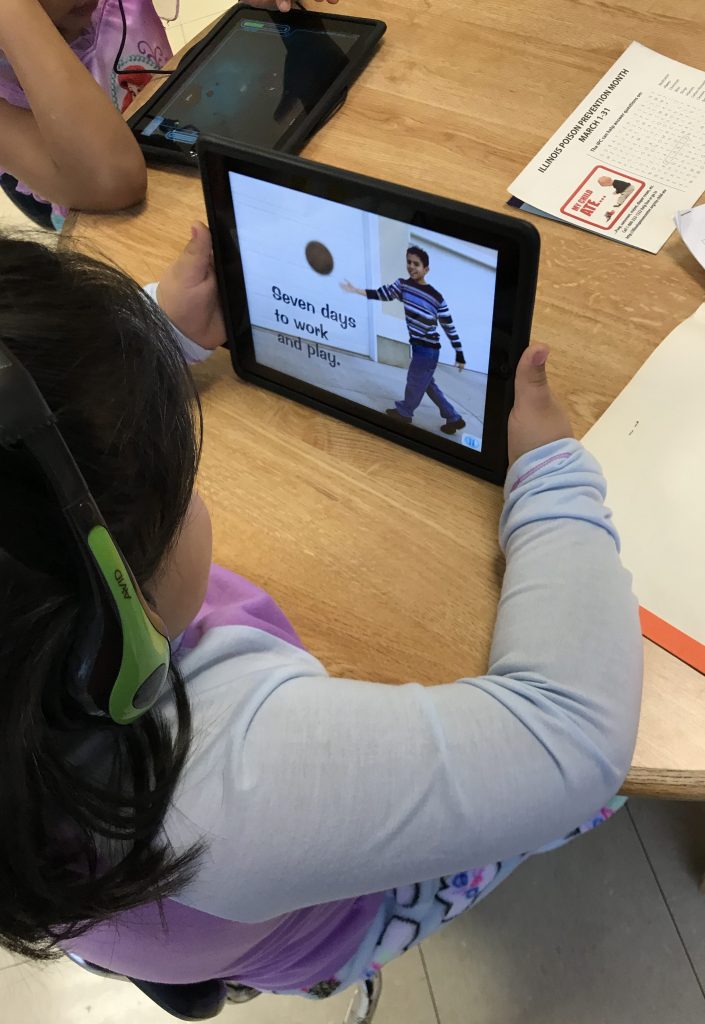
Distance learning has been called a failure. Parents, administrators, teachers, school boards and even people who only sideswipe education from time to time — so many stakeholders and others are calling last spring’s at-home learning a failure. Many of them are entirely correct, too.
But before we just take a quick snapshot of that car crash, let’s step back from the accident scene for a moment.
My daughter’s school was lucky. They had an extra day or two to get ready for what was coming, because they anticipated a shut-down that others only half believed. Some schools had virtually no notice before everyone was sent home. The lucky ones got a week or two to get ready.
What does “get ready” mean? It means nothing less than moving an entire curriculum to online instruction — sometimes in districts where many students do not/did not have the hardware necessary to access that instruction. It means figuring out how to do something that we has never been done before… that no one ever planned to do until America’s school districts crashed into shut-downs and quarantines. Zoom, Google classroom, Facebook… How to establish groups? How to protect privacy and keep information safe? How to provide services for students unable to manage the remote classroom — whether because of lack of internet connection or because of more complicated academic, emotional and physical issues? How to…? How to…? Administrators and teachers were building this new “distance learning” plan from scratch without a template and without experience to draw upon.
Eduhonesty: We crashed the car. I’m not going to say, “big deal” since obviously any academic crashes ARE a huge deal. But when my daughter backed my car into her dad’s car, when she hit that new-car bumper at the dealership, when she sideswiped the neighbor’s car… I have more than a couple of stories. My girl was a bold kid. When she did these things, I did not say, “That’s it! No more driving for you!”
I understood new skills take time to develop, and some personalities naturally tend to go fast. I kept reminding her to slow down, cautioned her not to trust other drivers, and I let her learn. I’d trust her to drive me anywhere now.
We learned from those remote learning efforts, learned more from the remote learning fiascos and fails. When we have to go online now, we will do it better. Many districts have recognized and studied what went wrong. Many have held discussions, both formally and informally. Teachers all over the country are using social media to share what worked, what did not work and what kinda-sorta worked and might work with the right tweaking.
More and more districts are declaring an intent to start with online instruction. Not all parents are happy. Some parents, teachers and academic researchers are justifiably worried about the impact the coronavirus will have on the achievement gap. In this time when we are exquisitely aware of past academic injustices, the fact that we may be hurtling into another version of unequal education is especially poignant. This is the year when schools should have made a fierce and renewed attack on the achievement gap — and virtual learning is going the wrong direction.
But it’s also going the ONLY direction — at least in many locations. Not all accidents are avoidable. You can be doing everything right when the guy stealing a car loses control as he rounds a curve at maybe 90 miles per hour. Squeal, screech, crash! Glass all over the road, a shorter car and the firemen with the jaws of life. Another car rolling to a stop a full block down the road. (That was me, not my girl.) COVID-19 is like that crash.
In parts of this country, Zoom, Google, Facebook classrooms are the best of the bad options. Opening schools is not safe. If I divide todays total death rate into today’s total number of cases I get a mortality rate around 3.5%. That’s not the true rate — testing’s been too messed up to get a trustworthy count of cases or deaths, and not everyone who was ill has been tested. I’m confident the mortality rate is lower than my math suggests, less sick people being less likely to be tested. But we have over 150,000 deaths now — that’s a city of dead, not a village.
We are leading the world in COVID-19 cases by a couple of million people — despite the fact that we have only 4% of the world’s population. The current number of U.S. cases is 4,407,052. Brazil is coming in second with 2,423,798. (https://epidemic-stats.com/coronavirus/). What that means in practical terms is we have hotspots all over the our map.
Many areas will be forced back into virtual learning for awhile.
But we won’t give up. We won’t quit trying to improve virtual learning. We will keep adding as much necessary new technology as we can afford. We will take care of our kids as best we can. Our best will be getting better and better. That girl who crashed the cars? She’s helping run schools now and I guarantee those schools are among the luckiest schools anywhere on this planet. She’s not afraid to try new things. She never stops learning and she never gives up.
All across this country, teachers and administrators are culling through what worked this spring, what didn’t work, and what might work with minor changes and adaptations. We will get through this. Our children will get through this. Our goal right now should be to keep as many people as safe as possible while preparing our children to learn as much as possible.
Hugs to my readers. Jocelyn

P.S. Time to put the little library out front? I love these.
